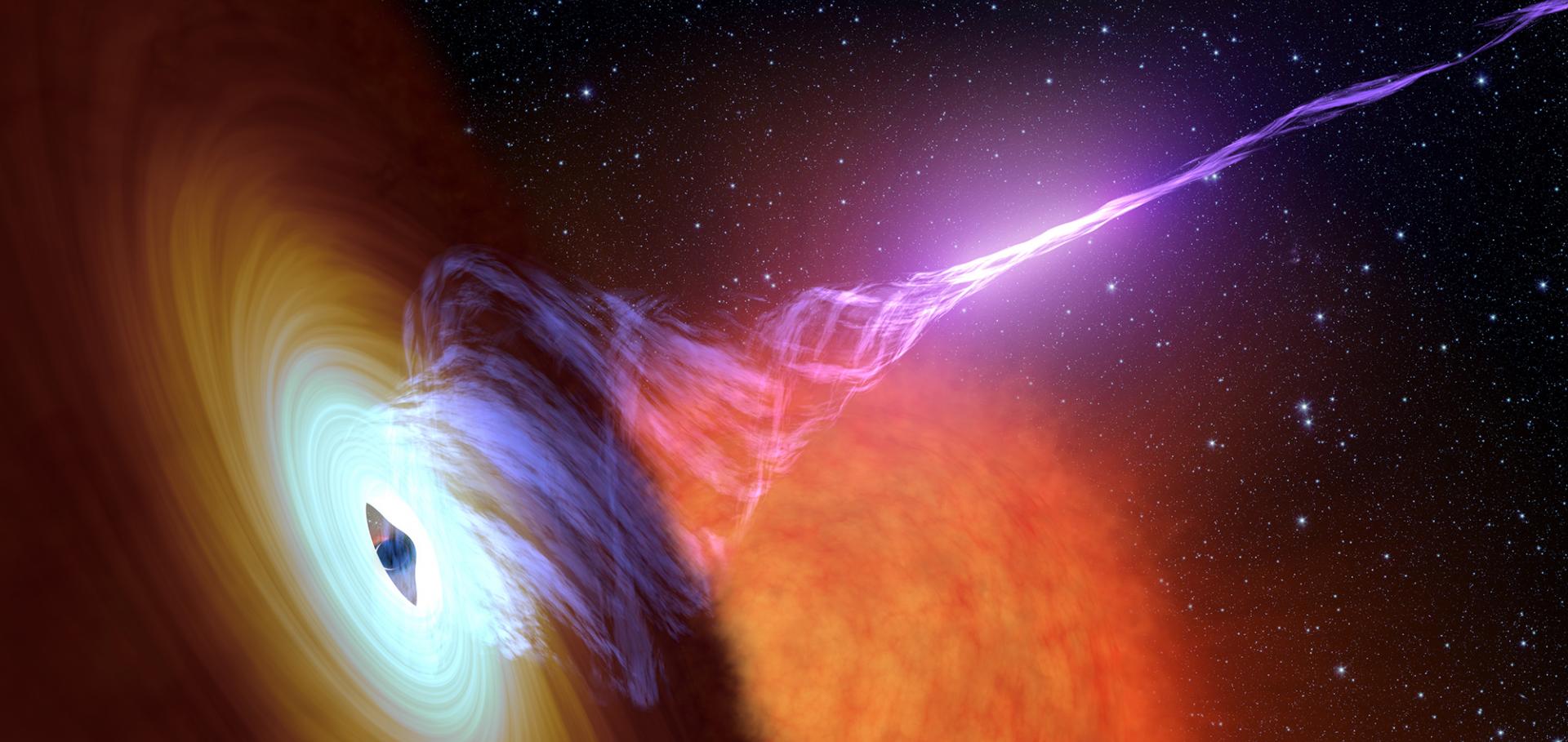Unifying disc-jet behaviour in X-ray binaries: an optical/IR approach
(2008)
Spectral evidence for jets from Accreting Millisecond X‐ray Pulsars
AIP Conference Proceedings AIP Publishing 1068:1 (2008) 221-224


